Read this in — English, Svenska
This tour is not available in Deutsch
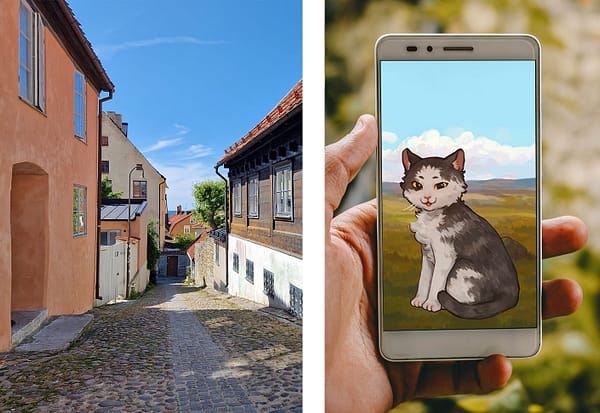
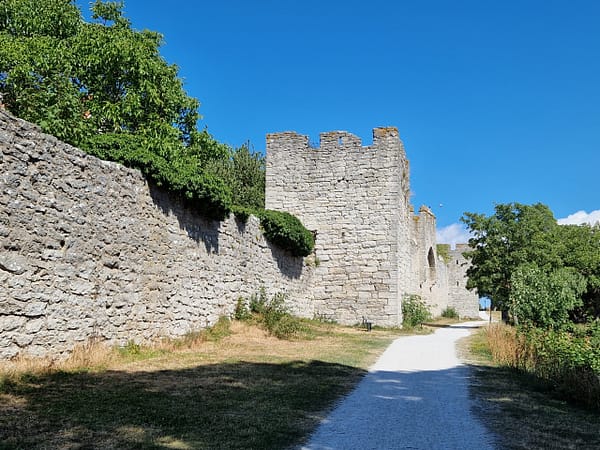

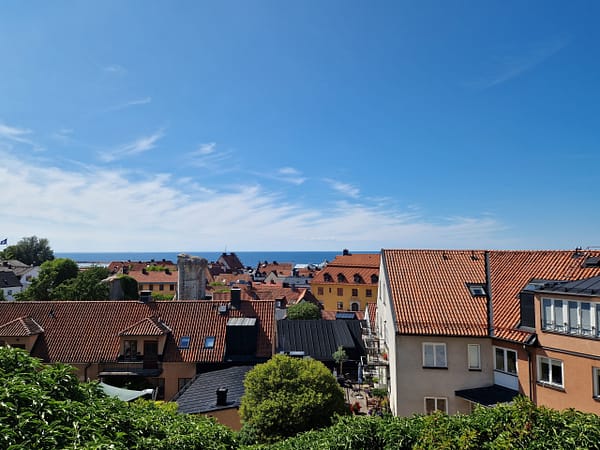

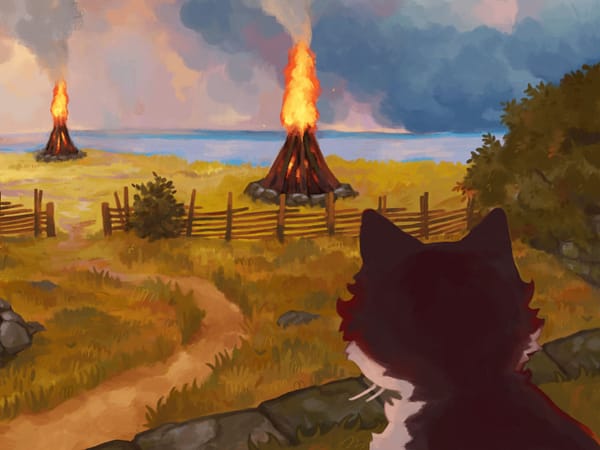
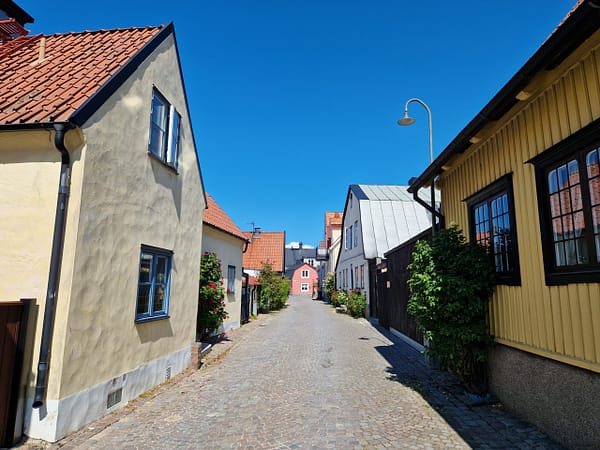

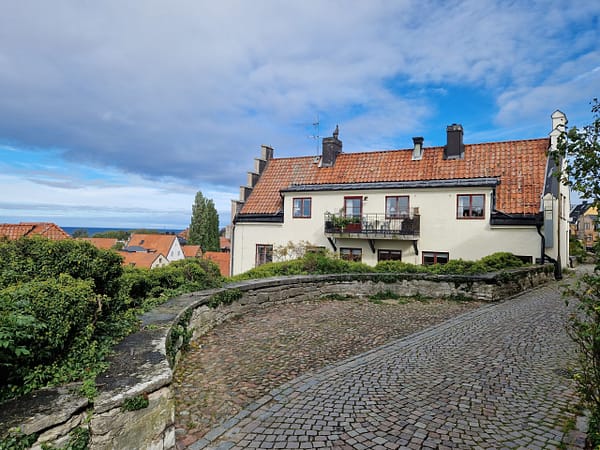




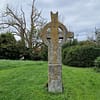




This tour starts by the big tree on the corner of Artilleribacken. Sigge the cat is hiding in the tree, but he'll come down and join you for a walk.
This passageway through the city wall was opened in 1879, to make it possible for the horse-drawn artillery to exit the city, and to make transport from the city easier.
Söderport (South gate) was likely constructed between 1300-1350, when the city wall was elevated. The gate became an important entrance point to the city.
The area around this square was sparsely populated for a long time, there were even pastures and a windmill here in the 1600s. A military exercise field was built here in the 1700s.
There was no gate here at the time of the Battle of Visby. This gate was constructed in 1661, when a local farmer wanted to herd her cattle to a pasture outside the city wall.
This is where the Battle of Visby took place in 1361. Valdemar Atterdag’s Danish army of 2000 soldiers defeated the poorly equipped farmers who were trying to protect Visby.
The Battle of Visby is also called the Battle of Korsbetningen (Cross pasture). A mass grave with a stone cross honoring the fallen farmers was established in the pasture after the battle.
When the Battle of Visby was over and the Gotlandic farmers had been defeated, Valdemar Atterdag and his army marched into the city through Söderport (the south gate).
From this beautiful lookout point you can see the harbor area, and to the southwest you can see the stone church ruins of St: Per and St: Hans, built in the 1100s and 1200s.
This is the location of the S:ta Karin church ruin, built in the early 1200s. Construction of an addition was halted in the mid 1300s, most likely due to Valdemar Atterdag conquering the city in 1361.
This used to be a lively gathering place during the 1200-1300’s, then called Rolandstorget. The so-called wine house, which housed city hall, was located here.
On the left side of Dubbens gränd (alley) is the Liljehornska house, a grand warehouse built around 1234. This white building is Northern Europe’s tallest warehouse from the 1200s.

